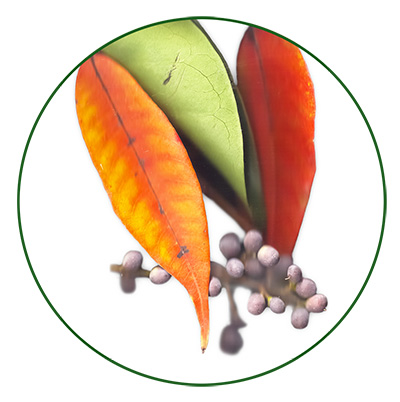Walkabout on a September morning
- giampaolofoster

- Jan 14, 2022
- 3 min read

8:44 in the morning Inti, the Sun of the Quechua, appears over the Sierra de Fiambala. The light of dawn has that magical power that makes everything that touches it beautiful.

It is easy for the chañar flower.

Even the red "Fitito", in front of an adobe house, achieves photogenic status.

The sprouting vine is not concerned with its charms. It is there for our own pleasure thinking about when it will happen or perhaps it will come.
Through Diego de Almagro street we arrive at the square. Right in front of where our Brotes del Abaucán cafeteria was, a bust remembers Father Arnaldo Azzarelli, missionary and great benefactor of the poor of the Abaucan valley and hills.
For the other side look Felipe Varela who was known as Don Quixote of the Andes.

Between them, a freshly watered path crosses the square that points directly to the Sable general store.

There are vacant lots in the center of Fiambala that allow you to take shortcuts. In one I found an Aromo in flower, Mimosa, they call it in Spain and Italy, announcing Spring with its fragrance.

Not all vacant lots are empty. Some preserve what was once a productive vineyard. Time passes, what was once business is no longer today.

The bus terminal that previously received travelers became a customs office for goods where viruses are retained with disinfectants in this pandemic times.

At the roundabout at the entrance to Fiambala there are the remains of an abandoned farm. It belonged to someone important, now they are ruins that testify to the ecological character of adobe construction, the earth returns to the earth.

You can see from there the Banco Nación, the only bank in Fiambala and the last one if one follows the route to the North looking to go through the towns of the hills.

The statue of the indigenous woman opens her arms, perhaps to want to fly or to bless those of us who are queuing to attend to us, outside because the prevailing restrictions order it.
Blessed, we continue the walk, heading north along Avenida de los Diaguitas, we go to Martina's house.

At the end of the street, where it intersects with Islas Malvinas there is one of the many chapels built in the city. This one always caught our attention because it reminds us of a Sufi temple, so painted green as it is. However, it is dedicated to Saint Cayetano, patron of bread and work.
Perhaps one of the curiosities of Fiambala are the houses and the vineyards with ditches and siphons that mark the urbanism. The rural and the urban in Communion.

At Martina's, mate, homemade bread and jam and friendly chat while spinning wool. One day, we already meet, we will go to make a photographic note of her skills with the spindle and the loom.
Diego Carrizo de Frites is the main avenue of Fiambalá. Route 34 that leads North, to Medanitos, Palo Blanco, Punta del Agua and the villages of the hills. In its path you can see some relics of other times, a truck hugged by an Algarrobo and a luxurious Desoto from the 50s that lived the splendor of the vineyard era.

And, on arriving home, on the corner with Fray Mamerto Esquiú is the house of Johnny, the carpenter, who works under the shade of a huge carob tree.
At home the vineyard awaits us that he needs us to tie before it sprouts.
It's already noon. Inti squeezes. Better this afternoon.





















Comments